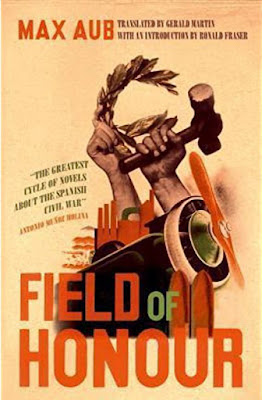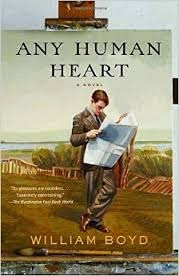Field of Honour

Field of Honour was written by Max Aub in exile in Paris, May to August 1939, and published in Mexico in 1943. Between the writing and the publication – the author’s internment by the French and deportation to a Concentration Camp in Algeria. Although a Spanish national, he was denounced as a ‘German Jew’ and as ‘a notorious communist and active revolutionary’. More could be said about the novel and its author: suppressed during the Franco period, the novel did not receive its due attention in Spain during the author’s life (he died in 1973). These facts I have gleaned from the book's introduction. Field of Honour centres on the life of one Rafael López Serrador, who grows up in the period between the dictatorship of Primo de Rivera, and the ill-fated Second Republic. Serrador leaves his small town for Barcelona, where he finds work and then education through a worker’s institute and his own wide-reading of everything from Spanish poetry to Tolstoy. Much of the novel cons

